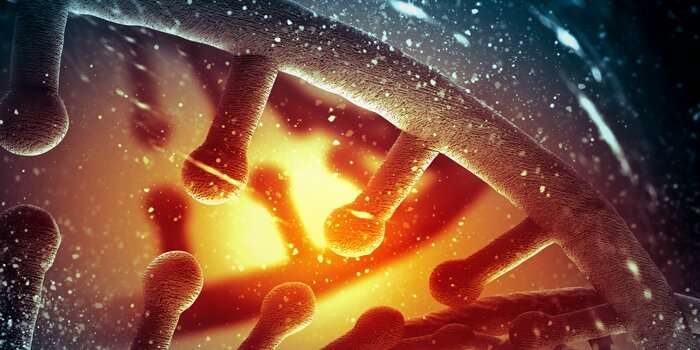
© DTU Biosustain
To a large extent, DNA methylation, which regulates vital cell functions, is still a mystery to the scientific world.
Now, scientists have developed a method to quickly couple methylation enzymes to their respective methylation pattern. This finding could become essential for successful gene engineering in many species.All species mark their DNA with methyl groups. This is done to regulate gene expression, distinguish indigenous DNA from foreign DNA, or to mark old DNA strands during replication. Methylation is carried out by certain enzymes called methyltransferases, which decorate DNA with methyl groups in certain patterns to create an epigenetic layer on top of DNA.
Until now, scientists have not been struggling to tell which enzymes are responsible for which patterns. But in a new study, recently published in
Nature Communications, scientists from The Novo Nordisk Foundation Center for Biosustainability (DTU Biosustain) at Technical University of Denmark
have coupled enzymes with specific methylation patterns in two bacteria."Knowing which enzyme does what opens up to a lot of applications. With this knowledge, you can construct model organisms with artificial methylomes, mimicking the methylation pattern of the strain you want to introduce DNA to. In this way you can ensure 'survival' of introduced DNA," says Specialist and first-author of this paper Torbjørn Ølshøj Jensen from DTU Biosustain.


Comment: The Pandora's Box of gene editing, AI, and about half a dozen other technologies - is wide open. In the pursuit of vast sums of money, much of the world will likely be made to suffer from "unintended consequences" because we are wielding scientific discoveries irresponsibly.
Then, one day in the not-too-distant-future, we'll be faced with some manner of disaster and ask ourselves a very impotent question that will likely be too late to learn from: "How in the hell did we allow this to happen?!"